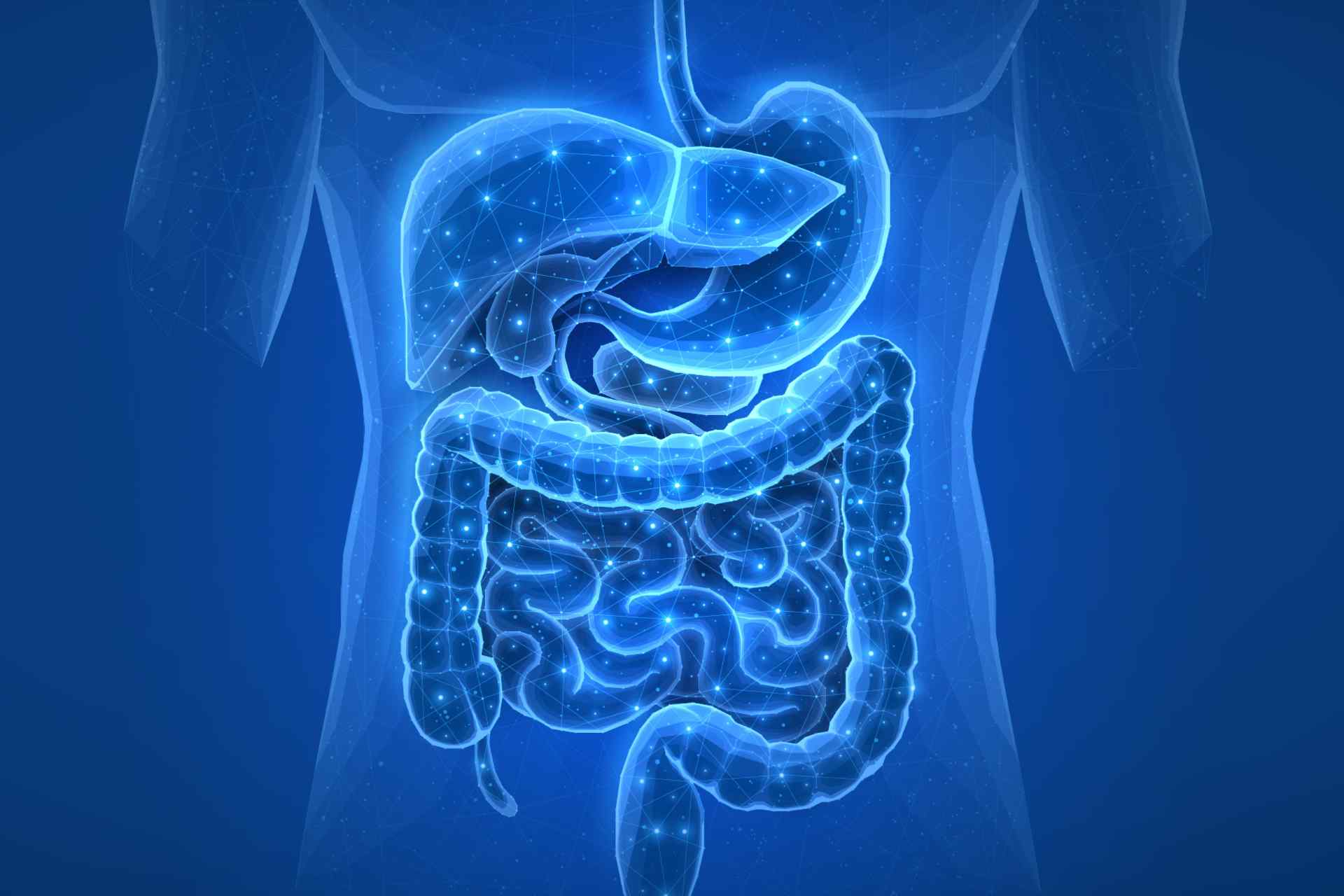Gut microbes produce signals that help immune cells stay anchored in the intestine, where they protect the body from infection and inflammation. Researchers have now found that a microbiota-derived metabolite keeps the immune guardians of the gut anchored to intestinal tissue, preventing inflammation.
The findings, published in Science Advances, suggest that targeting the microbiota could be a new way to strengthen gut immunity and develop treatments for inflammatory bowel diseases such as Crohn’s disease.
Innate lymphoid cells (ILCs) are the immune guardians of the gut, fighting infections, regulating inflammation, and maintaining balance. Most of these cells settle in the gut early in life, but how they remain anchored is not fully understood. Gut microbes likely play a key role by releasing metabolites—including short-chain fatty acids and bile acids—that influence the cells’ activity.
Researchers led by Yuwei Xu at the Chinese Academy of Sciences in Beijing set out to investigate exactly how gut microbes help keep ILCs anchored in the intestine.
Gut anchoring
In both germ-free or antibiotic-treated mice—which lack normal gut microbes, the number of ILCs in the gut dropped, because the cells were leaving the gut and moving into lymph nodes, the spleen, and the bloodstream. Without a healthy microbiota, new ILCs were less able to return to or stay in the intestine.
A receptor called P2Y10 plays a key role in keeping ILCs anchored in the intestine, and the gut microbiota helps maintain high P2Y10 levels on ILCs, the researchers found. In mice with a disrupted microbiota or lacking P2Y10, ILCs lose their residency signals and leave the intestine.
Studies in people with Crohn’s disease showed similar patterns, with inflamed gut tissue having ILCs with fewer P2Y10 receptors.
Reducing inflammation
Further experiments showed that a microbiota-derived bile acid metabolite, taurodeoxycholic acid (TDCA), binds to the P2Y10 receptor on ILCs. TDCA is a secondary bile acid produced by gut microbes, and it triggers P2Y10 to send signals through calcium and a specific signaling pathway that regulates cell shape, movement, and adhesion.
Giving TDCA to mice rescued ILC numbers in the gut after antibiotic treatment, but not in animals lacking P2Y10. The TDCA-P2Y10 signaling switches on the gene Zfp414 and increases the expression of molecules that anchor ILCs to gut tissue, the team found. When this process was disrupted, ILCs left the gut, weakening local immunity.
However, TDCA treatment restored ILC in the gut and reduced inflammation. “Thus, TDCA might be used as a potential drug to treat patients with inflammatory bowel disease,” the researchers say.









